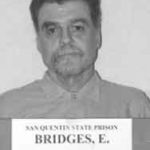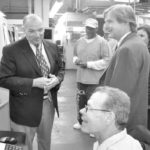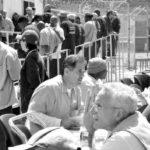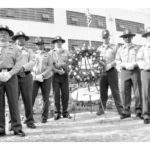Death row inmate Edward Dean Bridges, 55, dies Thursday morning of suicide. (Photo provided by California Department of Corrections)A condemned inmate … [Read more...]
Archives for November 2010
NASA to Start Program With S.Q.’s Machine Shop
NASA Ames has picked San Quentin for an important training program to manufacture a platform that will enable hundreds of science projects on a single … [Read more...]
T.R.U.S.T. Fellows Hold Health Fair
In spite of a chilly morning, hundreds of prisoners lined up, listening to lectures from doctors, nurses, and counselors on how to practice wellness … [Read more...]
Jeanne Woodford On the Death Penalty
Editor’s Note: This is the second of a series of articles on the Aug. 2 interview Editor-in-Chief Michael R. Harris conducted with Jeanne Woodford, a … [Read more...]
S.Q. 9/11 Memorial Honors The Fallen
San Quentin marked the 10th anniversary of the 9/11 attacks on America with a ceremony honoring those killed in the terrorist attacks and correctional … [Read more...]
Group Looks to Youth for Peace
Imagine if your child’s nightly lullaby were the staccato of machine gun fire or that their playground was littered with limb-rendering … [Read more...]
S.Q. Journalist After 41 Years
Forty-one years ago, a young reporter’s story about the living conditions at San Quentin caused its warden to defend his treatment of prisoners. Joan … [Read more...]
Governor Appoints New Parole Board
Gov. Jerry Brown announced the following appointments to the Board of Parole Hearings: Dan Figueroa, 60, of Blythe. Figueroa worked at Chuckawalla … [Read more...]
Volunteer Speaks on Importance of Financial Literacy Group
My father works to get people back into the job market from however they fell out of it: Prison, homelessness, mental illness, drug abuse, bad … [Read more...]
Hitland Brings Festivities to Lower Yard
It’s one of San Quentin’s favorite events, featuring hot dogs and music. They call it “Hot Dog Day,” with free entertainment provided by the volunteer … [Read more...]
- 1
- 2
- 3
- 4
- Next Page »





